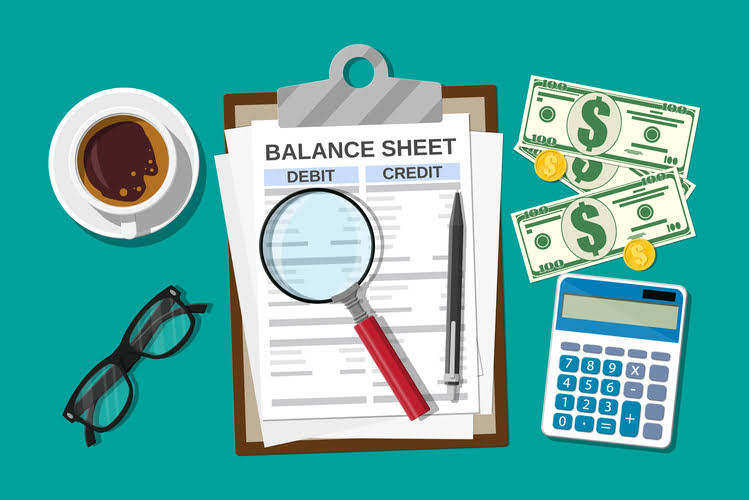
Your credit sales journal entry should debit your Accounts Receivable account, which is the amount credit sales journal entry the customer has charged to their credit. The credit sales journal entry should debit your Accounts Receivable, which is the amount the customer has charged to their credit. The increased flexibility of credit sales can also be advantageous for businesses.
- But tread carefully timing-wise—it skews the period it affects, only shows up when they are certain the debt won’t be paid, and doesn’t preemptively prepare the books for this impact.
- When a business makes sales on credit, such sales correspondent entry will be on the accounts receivable.
- Before delving into the specifics of credit sales, it’s vital to grasp the essence of journal entries.
- Here’s how Little Electrode, Inc. would record this sales journal entry.
- Typically, to encourage customers to make payment early, the company may consider providing a cash discount.
- This is because each business needs to manage its working capital properly.
- Start by estimating how much you won’t collect from your receivables—usually based on historical data or industry standards.
How to Show Credit Sales in Financial Statements?
- A sales credit journal entry record enables businesses to credit the relevant account with the amount due and the specifics of the transaction.
- Such an entry aligns with the accurate depiction of the financial state required by accounting principles.
- Therefore, it will increase the revenue and reflect in the company’s income statement during the sale period.
- In the above example, Apple Inc is offering a 10% discount if John Electronics makes the payment on or before January 10, 2018.
- When the customer pays the bill, the payment is recorded in the cash receipts journal.
- Having accurate sales data is essential for creating realistic budgets and forecasts.
CBSA codes are commonly used to accurately file Medicare claims and to verify applicable incentives using a patient’s ZIP Code. The choice of which type Bookstime of sales transaction to use will depend on the individual seller’s needs and preferences. Each type of transaction has its own benefits and drawbacks that must be considered when making a decision. And, you’re increasing your Cost of Goods Sold (COGS) Expense account.

Recognizing Bad Debt in Accounting

Customers may be more likely to purchase when they can pay over a period of time, rather than having to make a one-time payment. Additionally, some customers may be more comfortable with credit sales, as they provide a way for customers to track and manage their purchases more closely. Therefore, it leads to the asset creation of the company and is shown in company’s balance sheet unless settled. The allowance method operates under the canopy of prudence, offering you a strategy to anticipate bad debt before it happens. This preemptive practice aligns with the matching principle of GAAP, which dictates that you record expenses in the same period as the revenue they relate to. It’s all about creating an Allowance for Doubtful Accounts (AFDA), a contra-asset account on the balance sheet that estimates the portion of accounts receivable likely to go uncollected.

Gross Rent Paid
To record a bad debt expense journal entry, debit the Bad Debt Expense account to recognize the expense on your income statement. Then, credit the Allowance for Doubtful Accounts if you’re using the allowance method. For the direct write-off method, credit Accounts Receivable directly.

Accuracy in Reporting and Its Importance

This adjusts your books to reflect that you no longer expect payment from the debtor. The accounting for credit sales is straightforward and can with or normal balance without sales tax depends on the goods or services delivered or provided for. Typically, to encourage customers to make payment early, the company may consider providing a cash discount. This way can help the company to collect its accounts receivable faster to improve its working capital.
Direct write-off occurs only when a debt is certain to be uncollectible, while the allowance method anticipates bad debts ahead of time. Additionally, the direct write-off method does not comply with GAAP, whereas the allowance method does. Adopting early identification techniques for potential bad debts is like having an early warning system, it’s crucial to prevent financial surprises. Start by closely monitoring payment patterns and red-flagging any deviations from the norm. The aging method is akin to a financial health assessment for your receivables, providing a nuanced view based on the actual payment pattern of your customers. This method shines in its detail and the intuitive logic that the older a debt is, the less likely it will be recovered.